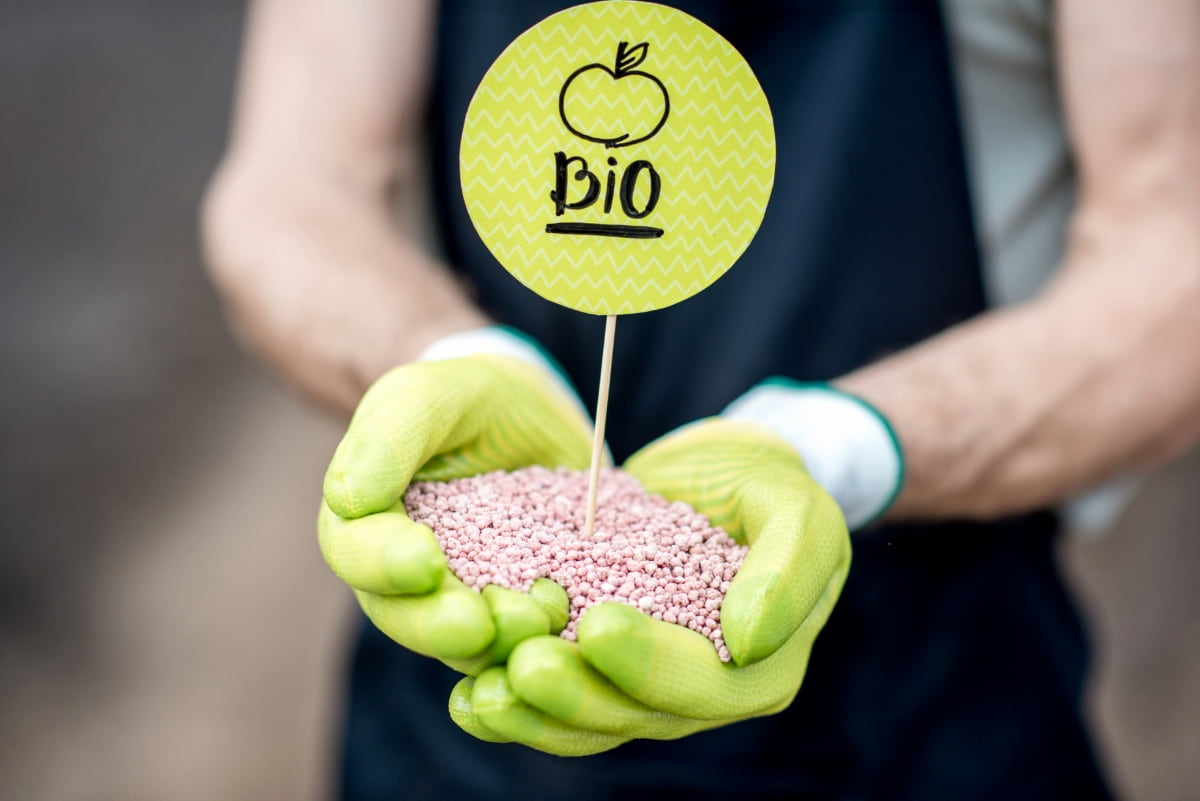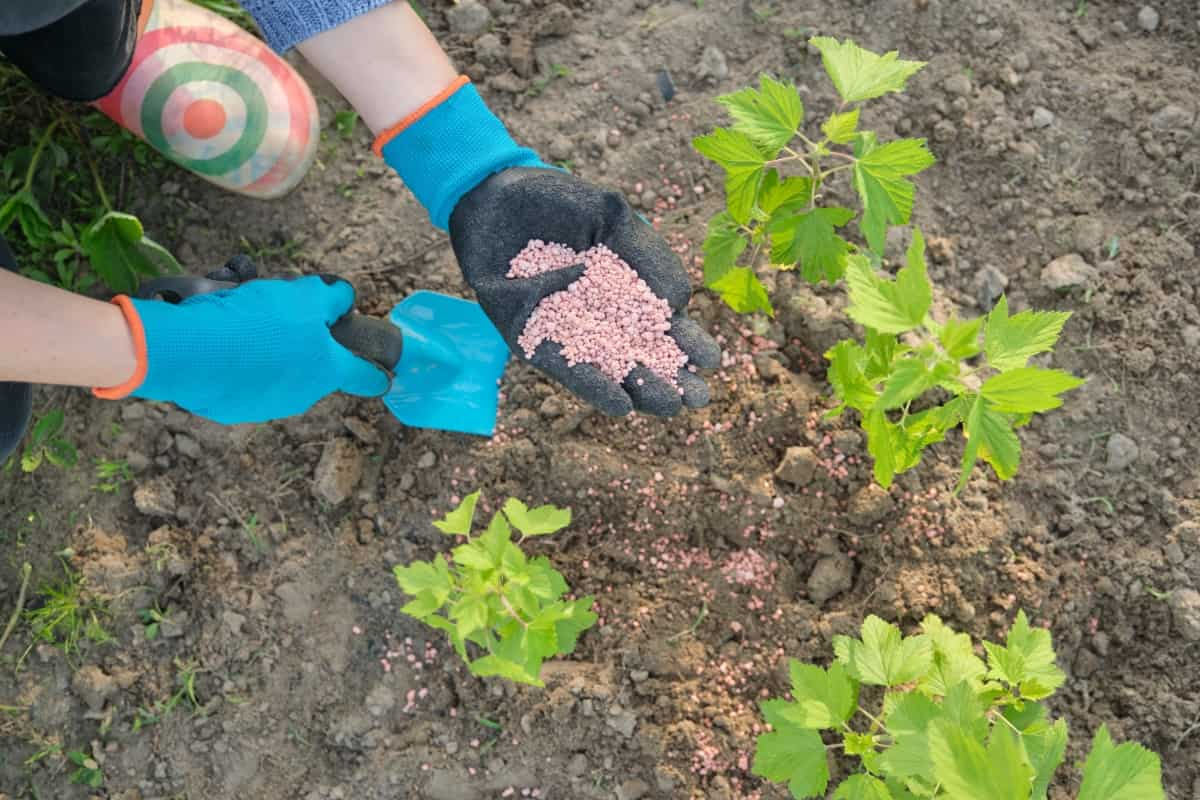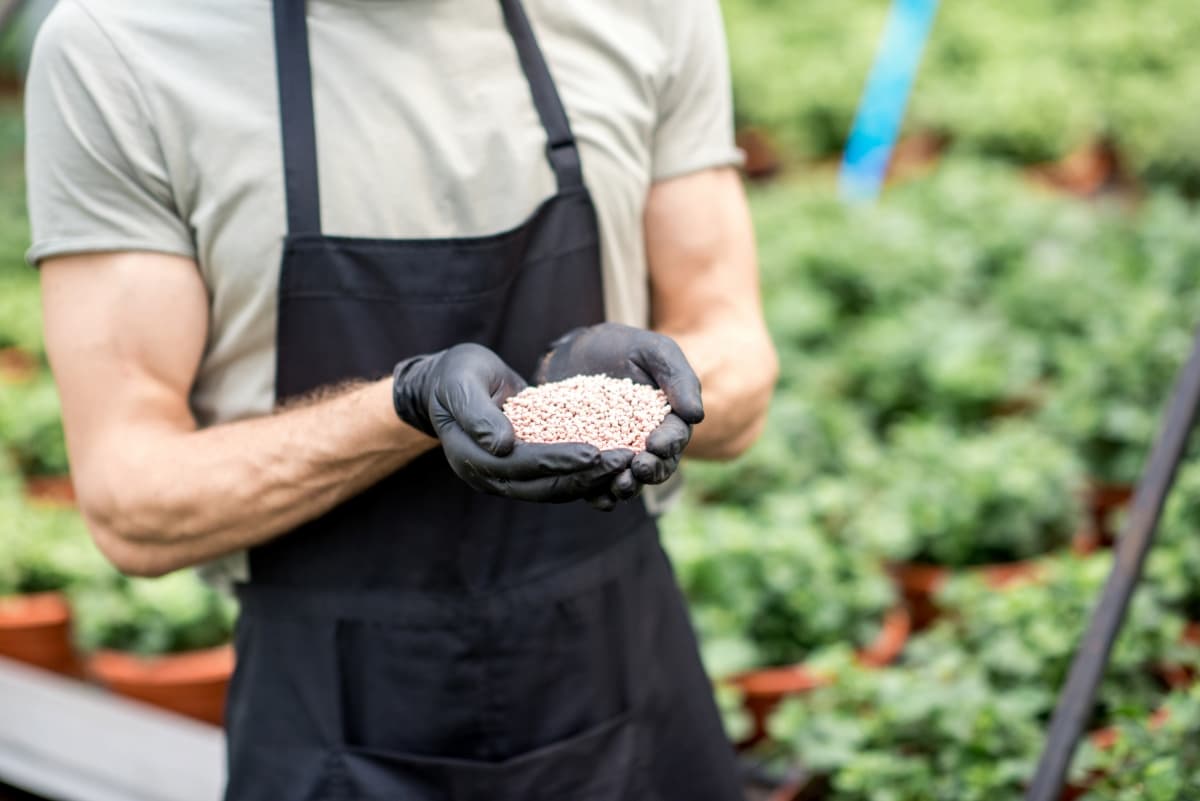Using fertilizer is an important aspect of maintaining a healthy and thriving garden. One popular option is the 15-15-15 fertilizer, known for its balanced nutrient composition. This article will briefly explain the benefits of using 15-15-15 fertilizer in your garden and guide when and how to apply it effectively.

Benefits of Using 15-15-15 Fertilizer
What is 15-15-15 Fertilizer?
Plants need the necessary nutrients to grow, and 15-15-15 Fertilizer provides them. This fertilizer belongs to the NPK group since it contains a combination of Nitrogen(N), Phosphorus(P), and Potassium(K). 15-15-15 fertilizer content/composition: The nitrogen content is 15%, the phosphorus content is 15%, and the potassium content is 15%. There is an equal amount of each element in it, as its name suggests.
NPK fertilizers with an NPK ratio of 15-15-15 promote strong root growth, healthy foliage, promotes blooming, and improve plant health in general. This 15-15-15 fertilizer is used for various plants, including flowers, vegetables, berry bushes, fruit trees, and ornamentals. It is considered to be one of the best nutrients for plants. By applying it to your soil and garden, you can maintain their overall health.
What is 15-15-15 Fertilizer Good for?
15-15-15 fertilizer is a good option for plants that require moderate levels of all three main macronutrients. The most obvious example would be lawns and gardens. Grasses tend to thrive when they have an appropriate balance of Nitrogen, Phosphorus, and potassium nutrients in the soil where they grow. Fruit trees are another example of plants that do well with a balanced fertilizer.
When to Apply 15-15-15 Fertilizer in the Garden
Plants should be fertilized during the most energetic and active growth cycle stage. In this way, fertilizer will benefit your plants the most. To help your plants recover from winter, you should also start feeding the soil, especially after a harsh winter. All the help your plant can get during the cold season will help it emerge strong and healthy. The type of plant you are growing should determine how often you fertilize it, and you should use triple 15 for that type of plant. Fertilizer should be applied every 15 days while the plant grows, however.
In case you missed it: Oats Fertilizer Requirements and Recommendations: Management for Optimal Yield

How to Use 15-15-15 Fertilizers for Optimal Results
- Determine the Application Rate: Before applying any fertilizer, it is crucial to determine the appropriate application rate for your specific plants or crops.
- Prepare the Fertilizer: Measure the required amount of 15-15-15 fertilizer based on the determined application rate.
- Apply the Fertilizer: Use a spreader or apply it manually, covering the entire target area. For plants grown in containers or pots, sprinkle the fertilizer evenly on the soil surface, taking care not to overdose.
- Incorporate the Fertilizer: Gently incorporate the fertilizer into the soil using a rake or a similar tool once the fertilizer is applied.
- Water the Treated Area: After applying the 15-15-15 fertilizer, water the treated area thoroughly.
Best Practices for Applying 15-15-15 Fertilizers in the Garden
Read the Instructions: Before applying any fertilizer, carefully read and stick to the instructions provided by the manufacturer. Different brands may have specific guidelines for application rates and frequency, so it is important to adhere to these recommendations.
Preparing the Soil: Before applying the fertilizer, it is recommended to prepare the soil by removing any weeds, debris, or rocks. Loosen the soil using a tiller or else garden fork to ensure better nutrient absorption.
Application Methods: Choose the method that best suits your gardening needs. Broadcasting involves spreading the fertilizer evenly over the entire garden area, while banding focuses on applying the fertilizer in a concentrated band around the base of the plants.
Watering after Application: Once the fertilizer is applied, it is important to water the garden thoroughly.
Benefits of Using 15-15-15 Fertilizer in Your Garden
Now that you know a little bit about what 15 15 15 fertilizer is and how to use it, let’s look at the benefits it can offer your garden.
- It helps great a lush green lawn
- Great for fruit trees, as it can help to increase yields
- Very easy to apply
- It naturally replenishes the nitrogen levels in the soil, often depleted by crops.
- Adding this fertilizer to your garden can increase its fertility and yield a healthier crop.
- Very easy to apply
- Available in a liquid or granule form
- This balanced ratio ensures that all essential nutrients are provided to the plants, promoting overall growth and development.
- 15-15-15 fertilizer for grass: 15-15-15 fertilizer is so versatile that it works with most grass or sod. However, it’s usually most effective with new sod that hasn’t had the chance to take root and get fully established.
In case you missed it: Wheat Fertilizer Requirements and Recommendations: Management for Optimal Yield

Understanding the NPK Ratio of 15-15-15 Fertilizer
The NPK ratio of a fertilizer refers to the percentage by weight of the three primary nutrients it contains: Nitrogen (N), Phosphorus (P), and Potassium (K). In the case of a 15-15-15 fertilizer, each of these nutrients is present in equal proportions, accounting for 15% of the total weight of the fertilizer.
Nitrogen is essential for plant growth and promotes leaf and stem development. It plays a crucial role in forming chlorophyll, which is necessary for photosynthesis. Phosphorus is vital for root development, flowering, and fruiting. It is involved in energy transfer processes within the plant, promoting the growth of strong and healthy roots.
Applying 15-15-15 Fertilizer During Different Stages of Plant Growth
During the early stages of plant growth, applying 15-15-15 fertilizer can provide the necessary nutrients for healthy root development. The 15-15-15 fertilizer can be applied during the vegetative stage as the plant matures. This stage is characterized by rapid growth and the production of new leaves. Applying 15-15-15 fertilizer can significantly benefit plant productivity during the flowering and fruiting stages. Nitrogen is vital in flower and fruit formation, ensuring proper development and size.
How Often Should You Use 15-15-15 Fertilizers in Your Garden?
Plant Type and Stage of Growth: Different plants have varying nutrient requirements at different stages of growth. For instance, young seedlings may require less frequent fertilization than mature plants.
Soil Fertility: Conducting a soil test can provide valuable insights into the nutrient composition of the soil and help determine whether additional fertilization is necessary. If the soil is already rich in nutrients, less frequent application of 15-15-15 fertilizer may be sufficient.
Environmental Conditions: In regions with high rainfall, the leaching of nutrients may be more significant, requiring more frequent fertilizer application. Similarly, plants in hot and dry climates may benefit from more regular fertilization to combat nutrient loss through evaporation.
Recommended Application Frequency
As a general guideline, 15-15-15 fertilizers should be applied every four to six weeks in the growing season. However, monitoring the plants closely and adjusting the frequency based on their specific needs and the factors mentioned above is important.
Tips for Applying 15-15-15 Fertilizer Evenly in Your Garden
- Measure the Area: This will help you determine how much fertilizer you need. Refer to the label instructions for the recommended application rate.
- Use a Spreader: To achieve even fertilizer distribution, consider using a spreader. A broadcast or handheld spreader can help evenly distribute the fertilizer granules across your garden.
- Timing is Important: It is best to apply fertilizer when the soil is moist but not saturated. Avoid applying fertilizer during hot and dry periods. Consider applying fertilizer in the early morning or late afternoon when temperatures are cooler.
Using 15-15-15 Fertilizer as a Foliar Spray
When applying the foliar spray, thoroughly cover the leaves, including the upper and lower surfaces. It is best to spray during the cooler parts of the day, such as early morning or late afternoon, to avoid excessive evaporation and to allow the leaves to absorb the nutrients effectively.
In case you missed it: Fertilizer Requirements and Recommendations for Almonds: Management Practices for Optimal Yield

Conclusion
Using 15-15-15 fertilizers in your garden provides numerous benefits, including a balanced nutrient supply, enhanced plant growth, improved nutrient uptake, and versatility. Following the recommended application timings and techniques can effectively maximize the benefits and promote a healthy and thriving garden.
- Feed Your Flock for Less: Top 10 Tips to Save on Chicken Feed
- Ultimate Guide to Ossabaw Island Hog: Breeding, Raising, Diet, and Care
- Hatching Answers: The Top 10 Reasons Your Chickens Aren’t Laying Eggs
- Eggs and Economics: Breaking Down the Cost of Raising Backyard Chickens
- Defend Your Greens: Proven Methods to Keep Iguanas Out of Your Garden
- Ultimate Guide to Cinnamon Queen Chicken: A Comprehensive Guide for Beginners
- Ultimate Guide to California Tan Chicken: Breeding, Raising, Diet, Egg-Production and Care
- Ultimate Guide to Marsh Daisy Chicken: Breeding, Raising, Diet, and Care
- 10 Types of Chicken Farming Businesses You Can Start for Profits